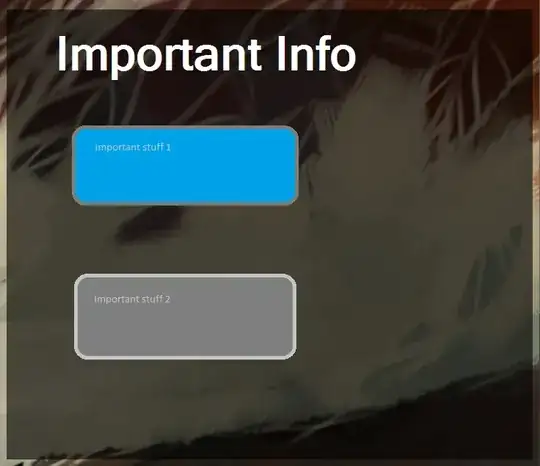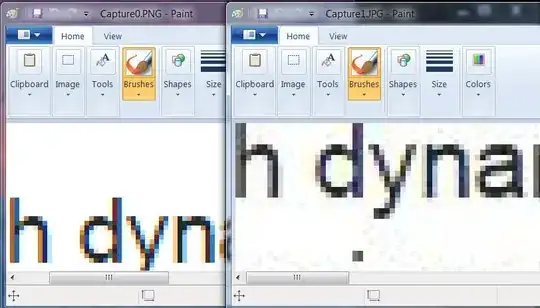I'm trying to embed a secret watermark in a website so that I can link any screenshots to the user who created them. The page looks something like this:
It has a custom background (user can change it by providing a link) on top of which there's a semi-transparent window. The window contains text and opaque tiles which also contain information. The color of the tiles can change based on the information it contains (about 4-5 possible colors).
I tried implementing subtle changes to the tiles with dynamic .css, but a .jpg screenshot would ruin it. I played with the transparent window as well: I assigned a 50x50 repeating, transparent .png background and made subtle modifications, but the background image beneath and the .jpg compression would ruin that as well.
What are my options?

